
Many years ago, Jan Wattjes (The Hague, 1981) was first nominated for the Royal Award for Contemporary Painting. That year, the event took place at the Gemeentemuseum in The Hague. His encounter with gallery owner Jeroen Dijkstra resulted in his first exhibition at the Livingstone Gallery, titled Fresh Paint. This fruitful and enduring collaboration is now celebrated with the exhibition Still Fresh Paint, highlighting Jan Wattjes’ ability to continuously innovate within his recurring themes.
In this exhibition, we see how Jan Wattjes, through his own unique perspective on the world and his distinct approach to painting, continues to surprise us. His broad range of imagination, from figurative expressionist to minimalist, always remains unexpectedly logical and true to his original principles. From The Artist Studio to White Cube Concept, to his latest exhibition Form & Content (from which five paintings were recently acquired by the Kunstmuseum The Hague).
After a successful period of work in the Livingstone Projects studio in Berlin in 2014, where he roamed the city with paint cans in hand and portrayed the facades of the main galleries and museums, Jan Wattjes takes it a step further. His art world expands in the summer of 2015 with abstracted facades of empty galleries in cities such as New York, London, Brussels, Amsterdam, and The Hague, where the well-known white cube is transformed into a conceptual form.
These empty spaces depict the twilight zone between exhibitions. His previously explored concept of the Mental Studio (The Mobile Studio) in 2010 (the artwork before materializing) becomes a sort of Mental Gallery (The White Cube), the exhibition before it becomes reality, and the imaginative possibility for the artist to exhibit his work anywhere.
www.ftn-books.com has now the invitation for his white cube concept paintings available.













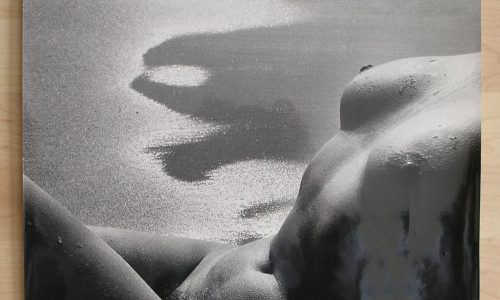
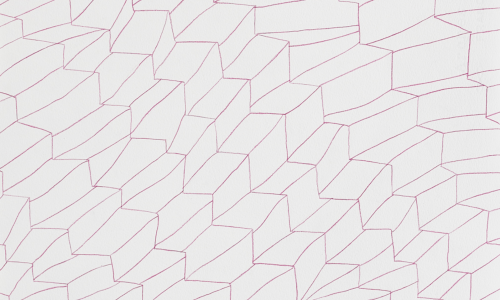






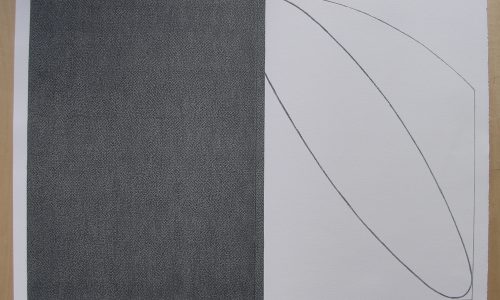




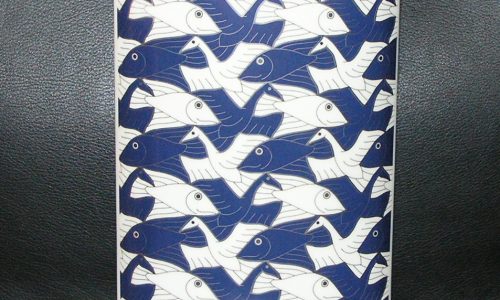




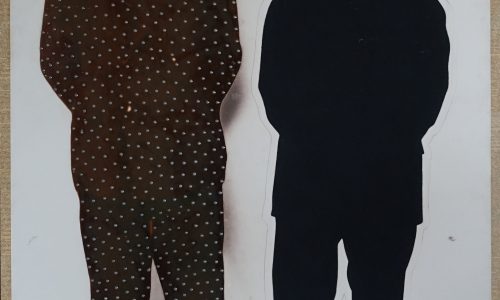
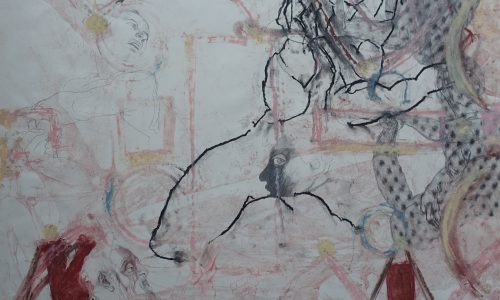


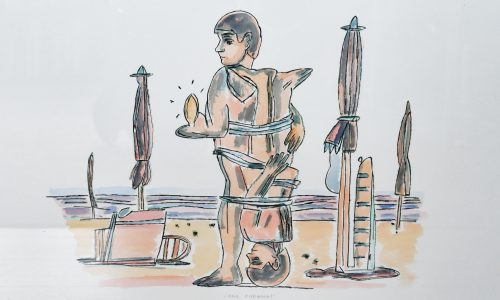

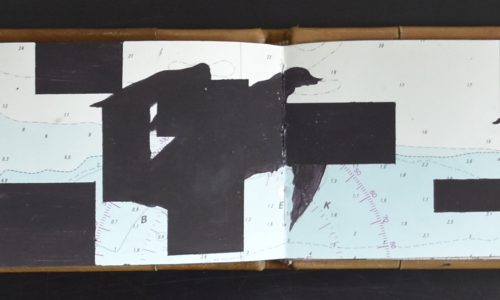


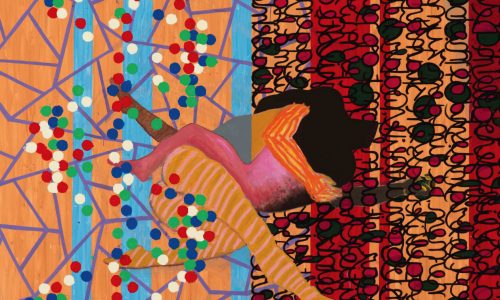







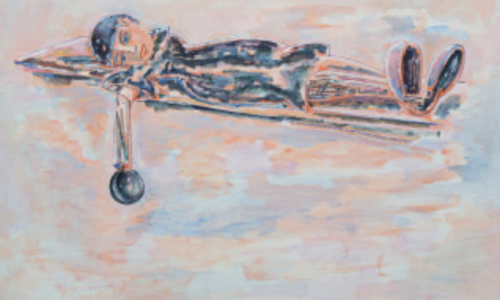



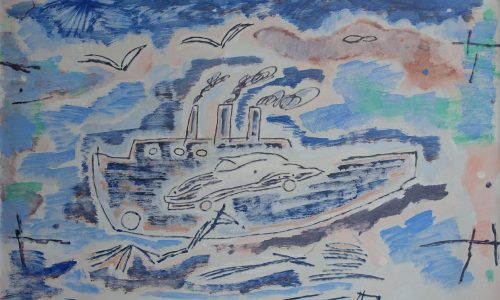


You’ve done a great job with this. I ended up learning something new without even realizing it—very smooth writing!
This is one of the best explanations I’ve read on this topic.